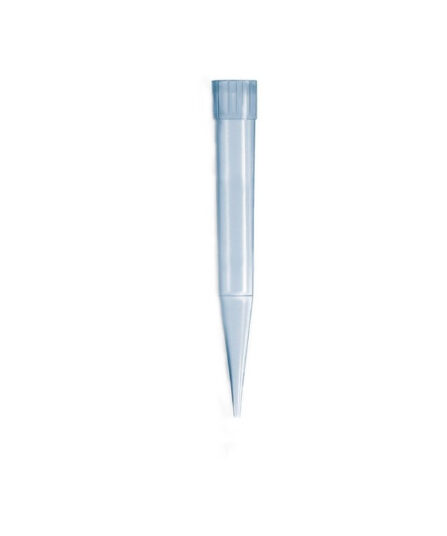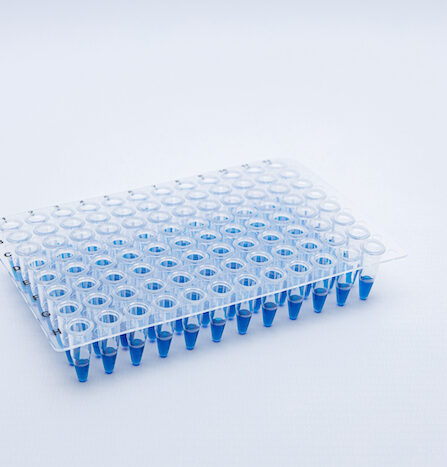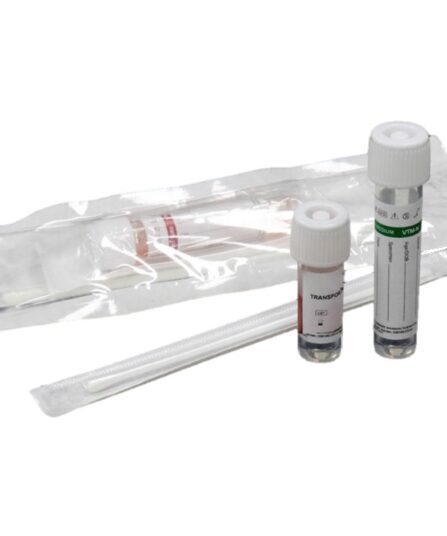MICROBIOLOGY
Microbiology is the study of the structures, functions, ecology, evolution and behaviour of living microorganisms, which are microscopic and too small to be seen with the naked eye. This includes the study of various organisms, including bacteria, viruses, fungi, protozoa, and algae.
More...
Microorganisms play crucial roles in various biological processes, and they can be found in diverse environments such as the human body, soil, water and air. In medical microbiology, microbiologists look at the characterisation and treatment of pathogenic microorganisms contributing to the diagnoses of infections. This allows them to develop strategies for disease prevention and control.
Microbiology is also used in various industrial processes, such as the production of antibiotics, vaccines, enzymes, and other bio-based products. Various techniques are used, including microscopy, molecular biology, and biochemical analyses.
Types of Microbiology by Taxonomy
Bacteriology: the study of bacteria.
Immunology: the study of the immune system. It looks at the relationships between pathogens such as bacteria and viruses and their hosts.
Mycology: the study of fungi, such as yeasts and moulds.
Nematology: the study of nematodes (roundworms).
Parasitology: the study of parasites however, not all parasites are microorganisms.
Phycology: the study of algae.
Protozoology: the study of protozoa, single-celled organisms like amoebae.
Virology: the study of viruses.
Thanks to the research of Microbiologists; contagious diseases have been discovered, vaccines and medicines have been created, advances in DNA sequencing and improvements have been made towards sustainability within the environment and agriculture, helping shape the world we live in today.
show less









